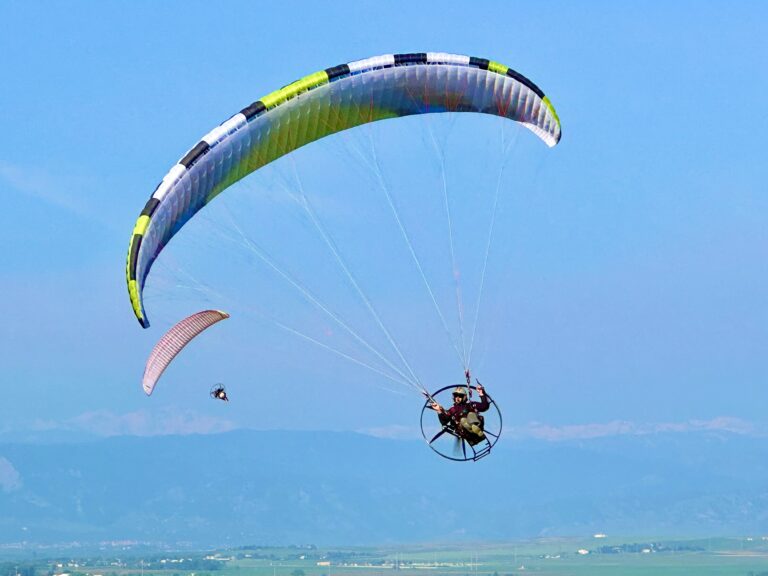How Hot Air Balloons Work

Hot air balloons work on the principle of hot air rising, which is also known as convection. They consist of a large envelope, or balloon, made of lightweight and heat-resistant materials such as nylon or polyester, which is filled with hot air.
To fill the balloon with hot air, a burner is used to heat the air inside the envelope. The burner typically runs on propane gas and is located at the bottom of the balloon. The burner heats the air, causing it to expand and become less dense than the surrounding air. As a result, the balloon rises and floats upwards.
To control the altitude of the balloon, the pilot can adjust the temperature of the air inside the envelope. By increasing the temperature of the air, the balloon will rise higher, while decreasing the temperature will cause it to descend. This is achieved by adjusting the flow of propane to the burner and regulating the amount of heat generated.
The direction of the balloon is largely determined by the prevailing winds at different altitudes. Pilots can steer the balloon to a certain extent by adjusting its altitude to take advantage of different wind directions. However, they cannot control the direction of the wind itself.
The size and shape of the balloon also affect its flight characteristics. The envelope of the balloon is typically shaped like a teardrop, with a large rounded bottom and a smaller top. This shape helps to maximize the amount of hot air that can be contained within the envelope, while minimizing its weight.
Overall, hot air balloons are a fascinating mode of transportation that relies on the natural forces of physics to lift them into the air. They offer a unique and peaceful way to view the world from above, and remain a popular recreational activity for those who enjoy the thrill of flying.





